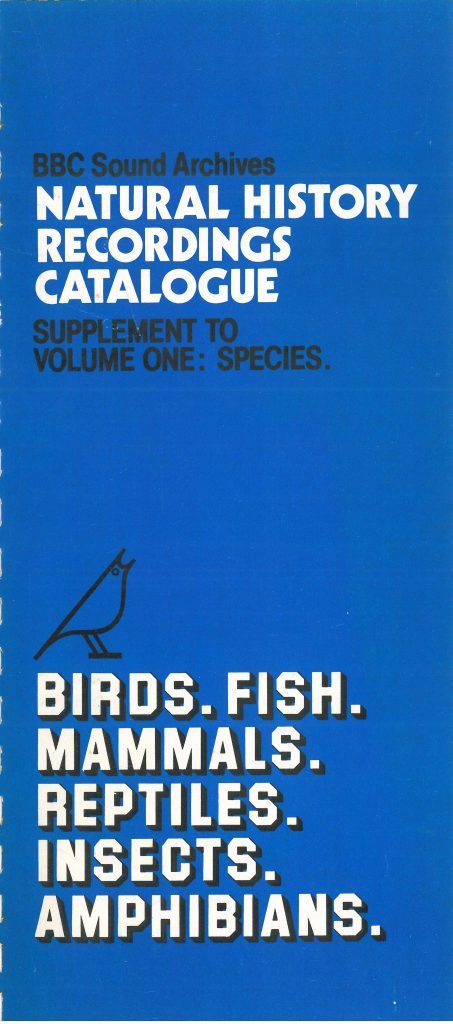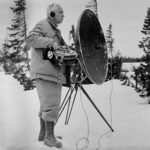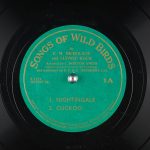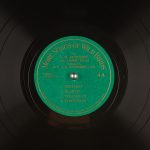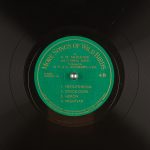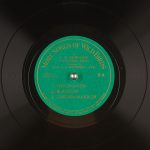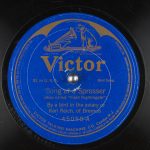Contributor Essays
Scientific Listening in the Field
A History of Animal Recording
by Joeri Bruyninckx
March 9, 2018
Chip-chip-chip-chwee-chwee-tissi-chooeeo! These nonsense syllables have traditionally been used to capture the simple Chaffinch song, often to the despair of both novice birdwatchers and expert ornithologists. It is not to be confused with the Song Thrush’s Chippoo-it tio-tew tutee-o wee-ploo-ploo tu-itty. “Each bird sings its own song,” a well-worn cliché advises, and since the late nineteenth century, birders, naturalists, and biologists have sought to describe those songs to answer fundamental questions about animal communication, behavior, and evolution. But this scientific curiosity long predated actual agreement on how to capture and study such notoriously fleeting impressions with a satisfactory degree of accuracy.
In my book Listening in the Field: Recording and the Science of Birdsong, I trace a history of sound recording in the field and its transformation into a scientific practice of studying the biological world. The book surveys a history that leads us through settings such as the Cornell University Laboratory of Ornithology, the British Broadcasting Corporation (BBC) and Cambridge University’s Department of Zoology, as well as public parks, zoological gardens, and remote field sites between the 1880s and 1980s. It examines how field ornithologists, ethologists, and bioacousticians legitimated their use of new media technologies as ways of sharing and representing sound; how they ordered such ephemeral vocalizations into objects of scientific investigation; and how this changed what it means to listen to the natural world, for both scientists and their audiences at large.
The recording and study of animal sounds was never an exclusively scientific affair. Virtually ubiquitous and traditionally understood as “song,” birds’ melodic vocalizations captivated a wide audience. As a result, techniques of field recording were often developed in close collaboration with a colorful parade of amateur naturalists, birdwatchers, sound-hunting hobbyists, recording engineers, public broadcasters, instrument manufacturers, and musicians. But as scientists appropriated sound recording techniques from domains of music or broadcasting, the skills, meanings, and audiences associated with them also shaped the dynamics of knowledge production.
In the 1910s and 1920s, amateur naturalists and professional ornithologists promoted musical notation as a precise, scientific technique for capturing and comparing bird songs. In Germany, for instance, the composer and reform educationist Cornel Schmitt worked with surgeon, entomologist, and amateur ornithologist Hans Stadler to develop an “improved” musical notation. They advertised this method in leading European ornithological journals as “a precise and scientific way of comparison” (Schmitt and Stadler 1913, 394). Musical notation provided scientific listeners with a technical idiom and a systematic technique, but also appealed to a broader group of users—not least a growing group of birdwatchers.
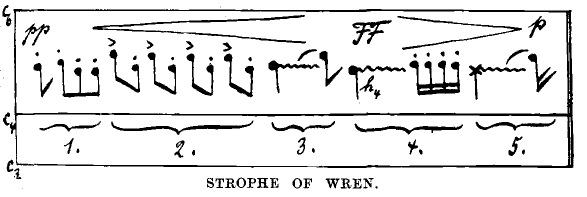
Cornel Schmitt’s 1932 book Die Stimme der Natur, for instance, contained a small Wanderbüchlein für Vogelfreunde to identify singing birds in the field. These notations shared a cultural and textual domain with the musical scores of birdsong circulating in both high and low culture, produced by contemporary composers, nature-study educationists, and whistling bird imitators (see, for instance, this record by Charles Gorst, who toured the United States as “The Bird Man,” lecturing and performing on the Chautauqua circuit). Traveling across social and professional boundaries in this way, the scores fostered a community of listeners. But they also fueled a debate on the musical, expressive, and behavioral nature of birdsong.
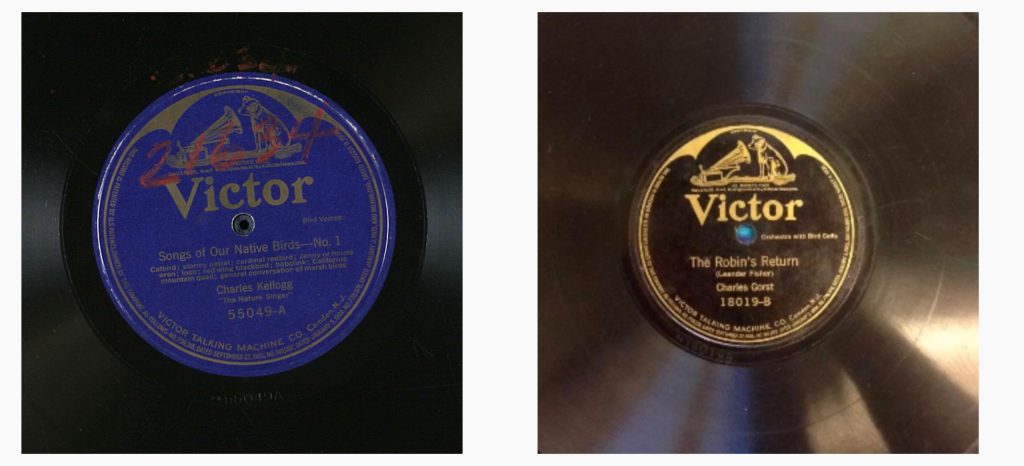
In the 1930s, the entertainment and recording industry enlisted scientists (such as the ethologist Oscar Heinroth, Berlin zookeeper Lutz Heck, and science popularizer Julian Huxley) to aid in recording bird vocalizations. Their work was used as soundtracks in movie productions, in radio broadcasts, and as material for popular sound books and gramophone releases. In the United States, Cornell ornithologists learned to record nature sounds in collaboration with the production company Movietone, using its sound-camera system and a parabolic microphone, and published them on gramophone. You can listen to them here and here. As field recordists learned to use gramophone cutters and electric microphones, however, they had to balance studio engineers’ notions of sound fidelity and an aesthetic of noise-free, focused sound with their own concern for authenticity and objectivity.
Such collaborations continued in the postwar period. In the 1950s, the BBC made its archive of recordings—most of it recorded for program use by public broadcasting icon Ludwig Koch, whose work you can hear here—available to scientists at naturalist organizations and academic institutions. At the Cambridge University Department of Zoology, the recordings were used as a basis for a new research program on birdsong learning under the direction of ethologist William H. Thorpe. The recordings’ wide appeal in scientific research and its popularization, for commercial entertainment, and for education structured the ways in which they were produced, shared, and used. At the Laboratory of Ornithology, for instance, Cornell ornithologists financially sustained a bioacoustics program and the Macaulay Library of Natural Sounds by capitalizing on their recordings and those of their amateur contributors through a sophisticated trade in recordings, involving cunning record swaps, copyright licensing, or the publishing of commercial LPs. In turn, the program helped amateur recordists to publish their work on records, whether independently or under the umbrella of the Cornell Laboratory of Ornithology. Such amateur recordists included the retired businessman Jerry Stillwell and his wife Norma, who sold their belongings and traveled the United States in a trailer to collect material for their records of American bird species.
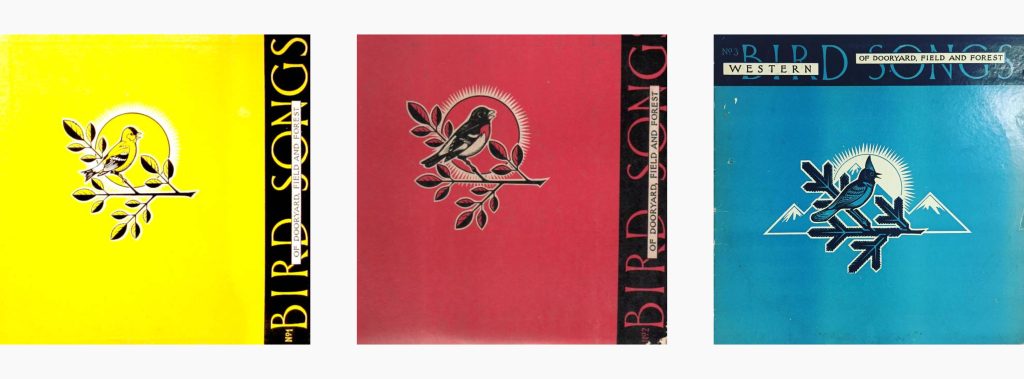
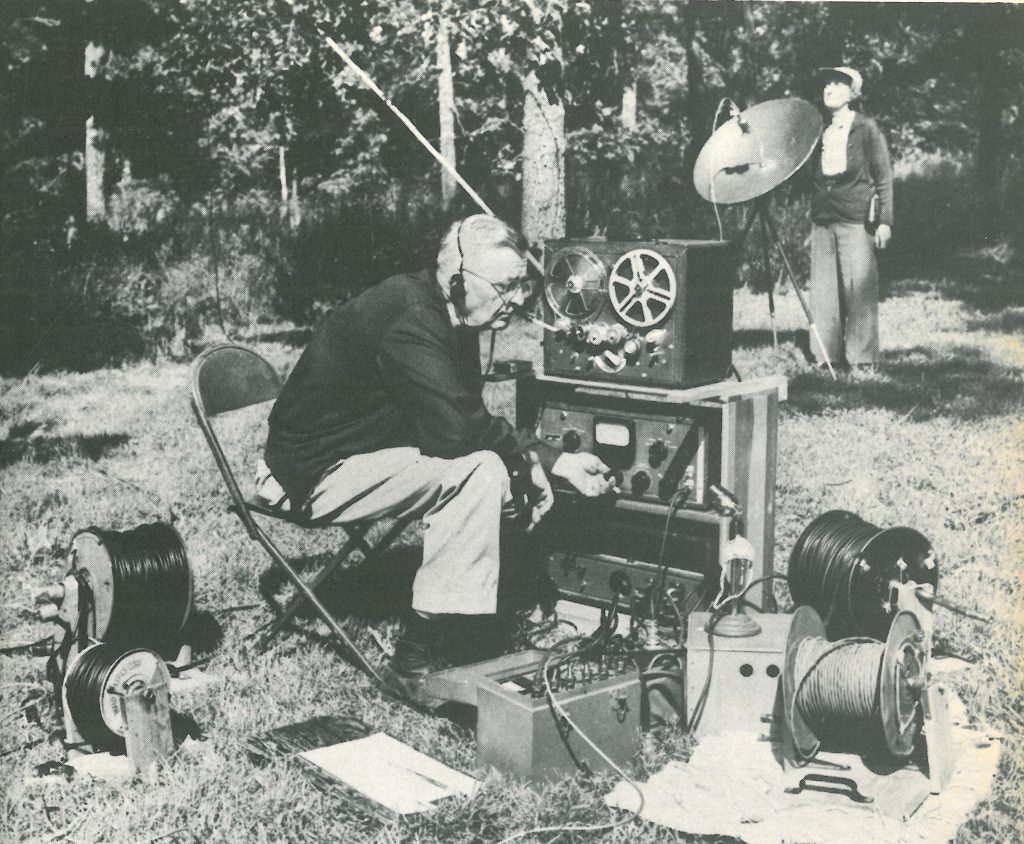
Such recording practices themselves induced particular ways of listening to nature. In the early 1950s, bioacousticians redesigned the sound spectrograph from a wartime cryptoanalytic instrument into a tool for representing and analyzing birdsong. The sound spectrograph represented short sound fragments by means of a detailed acoustic spectrum analysis that, analysts claimed, allowed objective measurement. However, trained listeners remained important to sort through and categorize the hundreds of recordings collected in the field. Bioacousticians also learned to listen for brief, analyzable vocalizations that displayed remarkable geographic and temporal variations. Such songs displayed well, and gave the scientists a window into learning mechanisms. In focusing on brief song excerpts against a noise-free background, however, scientists learned to disregard species whose songs included elongated and detailed duets or the influence of an acoustic environment on the formation of song. This history of birdsong recording reminds us how the historical contingencies and cultural conditions under which scientific techniques develop shape the ways in which we come to experience the world.
You can find a set collecting all animal sound recordings and related material collected in this database here.
